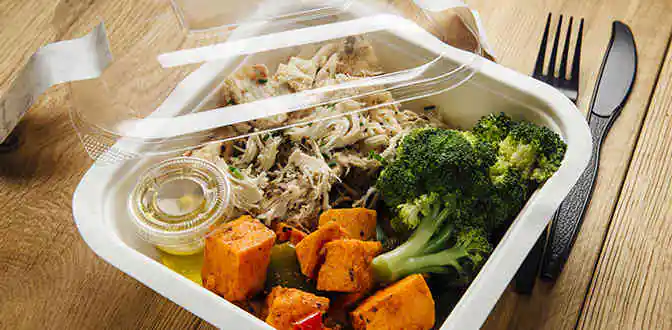Americans have one of the busiest and most work-driven lifestyles in the world, averaging a 47-hour work week. With limited free time to cook at home coupled with the high cost of fresh produce and meat, many of them are turning to fast casual dining as a convenient alternative.
Fast casual dining is no longer limited to just pizza or fast food; it has evolved to meet the health needs and concerns of Americans, one of the world’s most obese nations. Popular restaurants and chains have integrated affordable, healthy options into their menus, and a number of places have emerged, especially in urban areas, that are dedicated solely to offering convenient, healthy food such as made-to-order salads. Additionally, these restaurants are providing nutritional information so that consumers are able to see exactly what ingredients are being used and how many calories they are consuming. This is especially important given the current health status of the US as a whole and the high rates of largely preventable diseases such as heart disease.
The fast casual dining sector is largely driven by the millennial generation. A survey conducted by Morgan Stanley in 2015 found that 53% of millennials were going out to eat at least once a week, and 69% were choosing fast casual restaurants such as Chipotle. While quick-service restaurants like Subway still dominate the general restaurant sector in terms of popularity, fast casual is certainly not far behind. This is largely due to the fact that smaller fast casual restaurants can more easily respond to millenials’ demand for things like fresh ingredients and ethical meat-production practices, whereas the large chains are often dictated by corporate policies. A number of millennials are also turning to vegetarian and gluten-free diets, feeling more informed about the meat industry and fuelled by the media perpetuating the idea that meatless and wheatless eating constitutes a healthy diet and could potentially help them maintain a healthy weight. And while millennials still want what’s quick and easy, they also want quality and are often willing to pay a bit more to get it. Fast casual dining is also largely tied in with a general “going out” culture that sees millennials frequenting more sports games, music festivals, and other social events.
The fast casual restaurant market in the US will continue to grow over the next several years. This means that popular places like Chipotle, Five Guys, and Panera will need to consistently innovate and listen to consumers in order to meet their latest health and sustainability requirements. This will be especially true as competition increases and new players emerge on the fast casual scene.
Want to find out which vendors dominate the fast casual market?
Order the 2016-2020 Fast Casual Restaurant Market in the US Report



